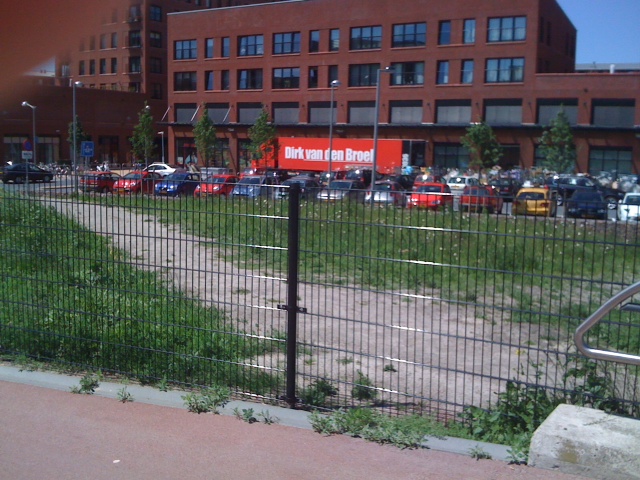...
 What I liked most about the book is that it provides the space to look at the design process in different ways. In our own book we have four design stages for designing a blended program. After reading this book, I think we could have make more room for the individuality and personal style of trainers and consultants in the design process. It also helps me understand that at the end of the day about blended learning design most participants were not yet ready to really put a design on paper (or ipad). The actual design process is quite messy and needs time to ponder and mull things over. A beautiful sentence from the book: "The challenge is to discover your own design issues and process. There is not a single design process.." I remember we did a design session with roughly 10 people before our learning trajectory in which we wrote down the main issues to deal with. At the end we hardly looked at this list when designing the trajectory....
What I liked most about the book is that it provides the space to look at the design process in different ways. In our own book we have four design stages for designing a blended program. After reading this book, I think we could have make more room for the individuality and personal style of trainers and consultants in the design process. It also helps me understand that at the end of the day about blended learning design most participants were not yet ready to really put a design on paper (or ipad). The actual design process is quite messy and needs time to ponder and mull things over. A beautiful sentence from the book: "The challenge is to discover your own design issues and process. There is not a single design process.." I remember we did a design session with roughly 10 people before our learning trajectory in which we wrote down the main issues to deal with. At the end we hardly looked at this list when designing the trajectory....I read the book with the design of blended or online learning trajectories in mind. Some things I definitely take away from the book for the design of blended learning programs:
- The metaphor of concrete and timber trees. What part of your design is crucial and need to be concrete and what aspects can you leave more open-ended? For a blended program: can the participants help shape and detail the goals of the trajectory? Is the platform a private online platform or is er openess to use online side-walks using other media? I think as a designer you have the choice to put everything in concrete but you can also design for flexibility. A nice example in our own district: people created all kinds of new paths because the route to the mall was not logical for walkers and cyclists. Are you going to build a fence (see picture) or customize your design?

- The agent design (is this the right translation for middelontwerp?). For me this is a new concept, it prescribes how to manufacture the product. In a blended program you have no prescription but it may be necessary to clarify a number of assumptions - how independent you expect people to be... how much you're going to help if they get stuck. You can do this in an intake interview. For instance we are now more explicit during our intake that we are available for support when people are stuck in their cases but it is their own responsibility to call upon us. It can also include instructions for online platform construction if that is outsourced. It's new for me! Will need to think more.
- Working with personas. This is something I recognized from my own experience-it is very powerful to work with personas - when youare designing. I did this in a project with a design team. When working with personas you create an image of a user that you give a name. It is not a person but a number of people in the 'meat grinder' (as the book calls it). In our project it worked very well because every time we had new ideas we thought how Marjan and Kees would like it. When designing a blended program working with personas is a very strong approach because you can choose personas with different preferences and skills in working online. Why I have not used more often? - Perhaps because it is still a step that extra time seems to cost?
- Design/ atmosphere. How important is the attractiveness/atmosphere? This is also something we can learn from designers - attraction is also important. I often tend to work with the tools out there, such as Sharepoint, or LinkedIn because I love working with the well-known tools, which is also an important consideration. However, I struggle with the attractiveness/atmosphere. After reading the book, I feel design considerations (attractiveness) is a little higher on my list of criteria in choosing tools for blended learning.
- Interface. Architects also work with the spaces between buildings - the interface. In blended trajectories you will have to switch between online and face-to-face. You will also have to space activities. Are you for instance planning weeks to rest with no activities? This is another example where I learned to be more explicit about our design. The first trajectory people complained that little was happening during the 'off-weeks'.
Sorry, the book in only available in Dutch!

No comments:
Post a Comment